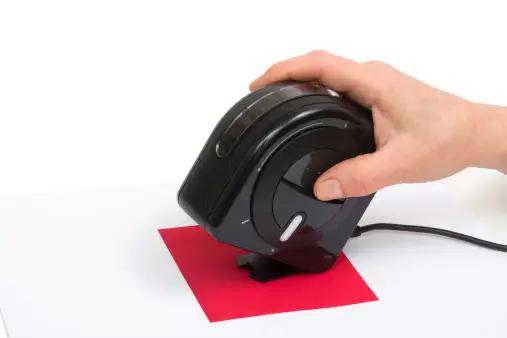How Do Different Paper Weights and Types Influence Print Outcomes?
Have you ever wondered why some printed documents look crisper and more professional than others? The answer may lie in the type and weight of paper used for printing. Not all papers are created equal, and each has its unique characteristics that can greatly affect the final outcome of your print job. In this article, we’ll explore the different paper weights and types and how they impact the print quality. So, read on to find out how you can make the best paper choices for your printing needs.
The importance of paper weight in print outcomes
Paper weight refers to the thickness and density of a sheet of paper. It is usually measured in pounds (lbs) or grams per square meter (g/m2), and the higher the weight, the thicker and heavier the paper will be. The weight of paper is crucial in determining its strength, durability, and overall appearance. In print, paper weight plays a significant role in how inks, designs, and images adhere to the paper’s surface.
A heavier paper weight ensures a more robust and sturdier print, while lighter paper may result in a flimsy and less durable print. The weight of paper also affects how it feels in your hands. Thicker papers are more weighty and can convey a sense of quality and professionalism, while thinner papers may seem cheap and unappealing. Therefore, considering the paper weight is essential when choosing a paper for your printing projects.
Different types of paper and their impact on print outcomes
Apart from paper weight, the type of paper also plays a crucial role in print outcomes. There are various types of papers available on the market, each with its unique characteristics. Let’s take a look at some of the most commonly used paper types and how they influence print results.
Bond paper
Bond paper, also known as writing or copy paper, is a popular choice for printing documents, letters, and reports. It is a lightweight, high-quality paper with a smooth finish, making it easy to write on with various pens and pencils. Bond paper usually has a weight of 20 lbs, and it works well for everyday printing needs.
Cardstock
Cardstock, also known as cover paper, is thicker and sturdier than bond paper. With a weight ranging from 60 to 110 lbs, it is commonly used for printing business cards, postcards, and brochures. The heavy weight of cardstock makes it ideal for projects that require more durability and a professional appearance.
Glossy paper
As the name suggests, glossy paper has a glossy, shiny finish that gives it a mirror-like appearance. It has a weight of around 32 to 40 lbs and is ideal for printing photographs, posters, and other graphic-heavy prints. The coating on glossy paper creates a smooth surface that allows for excellent color vibrancy, making your prints look more vibrant and appealing.
Matte paper
Matte paper has a non-glossy, flat finish that provides a more muted and subtle look compared to glossy paper. It has a weight of around 60 lbs and is suitable for printing documents, flyers, and brochures. Matte paper is also a great option for projects that require a lot of text, as it is easier to read on a non-reflective surface.
Textured paper
Textured paper has a unique, rough surface that adds a tactile element to your prints. The texture can range from smooth to coarse and can give your prints a distinct look and feel. Textured paper is ideal for printing special occasion invitations, certificates, and high-end marketing materials.
Frequently asked questions about paper weight and types
Q: Is a higher paper weight always better for printing?
A: Not necessarily. The paper weight needed depends on the type of print job and the desired outcome. For everyday printing, a standard paper weight of 20 lbs is sufficient, while projects that require more durability and a professional look may call for heavier paper.
Q: Can paper weight affect the price of printing?
A: Yes, paper weight can affect the overall cost of printing. Heavier paper weights usually cost more than lighter ones, but they also offer more durability and a better print quality, making it a worthwhile investment for certain print jobs.
Q: Do different paper types affect ink usage?
A: Yes, different paper types can affect the amount of ink used for printing. For example, glossy paper requires more ink than matte paper, as the glossy coating absorbs less ink. Therefore, it is essential to consider the paper type when printing on a budget.
In conclusion
The paper weight and type you choose for your print projects can greatly impact the final outcome. Whether it’s for everyday printing or special occasions, understanding the various paper options and their characteristics is crucial to achieve the desired results. So, next time you embark on a printing project, be sure to consider the paper weight and type for the best print outcomes.



